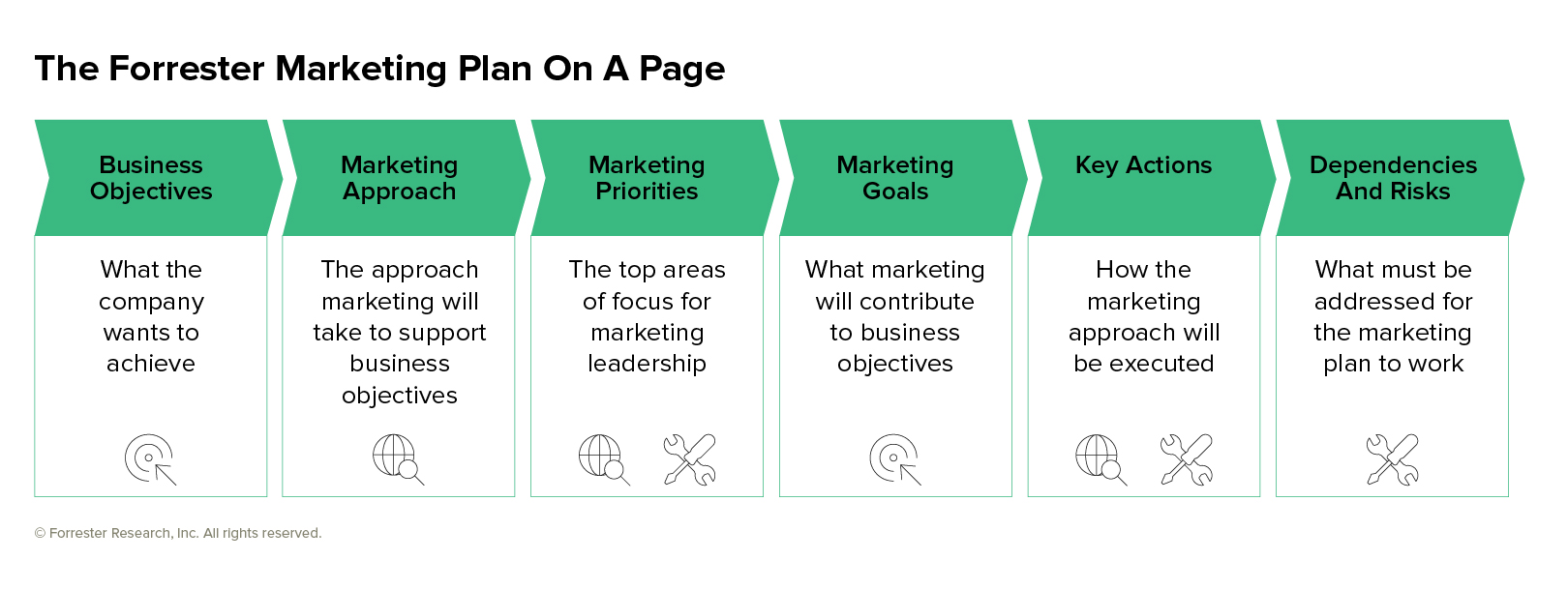Rethinking The Marketing Plan In A Socially Distant World
Isn’t it funny what we take for granted? I bet you never thought you’d miss the local hardware store, your favorite restaurant, or even the office! While some things have temporarily disappeared from our lives in these times of social distancing to slow the spread of COVID-19, other things — such as business goals — remain.
Company leaders are re-planning to take account of these unprecedented global events. Strategies are shifting — potentially from daring, growth-oriented strategies to those focused more on the protection and retention of existing business. In some cases, companies are finding opportunity for new business that the crisis makes possible. At the very least, plans for in-person events and meetings have undoubtedly been upended. Corporate, sales and product teams are looking to their marketing counterparts for leadership in establishing the intermediate-term plan to attract and engage customers and buyers, and to fill the gaps left by those in-person events and face-to-face meetings that are no longer taking place.
It is now crucial that marketing develop and communicate a clear and concise plan of action. Even if your team developed their marketing plan just a short time ago, now is the time to revisit and revise to ensure the plan is relevant, focused, and impactful.
The Forrester Marketing-Plan-on-a-Page Template will be an excellent resource as you plan. Its six cascading sections help align marketing to the business objectives, as a basis for honing priorities, goals, and actions, before finally identifying the all-important risks and assumptions.
The following steps will guide you as you rethink your current marketing plans:
1. Reconfirm the business objectives that marketing will support.
As a first step, clearly write the business objectives for each business category the marketing team supports. Be specific, quantitative, and include impact-oriented metrics such as revenue, retention, and growth objectives. These goals are usually defined at the C-suite level and will come into your planning process as an input.
As a practical matter, the business goals may still be in flux. Companies may still have been finalizing 2020 targets as the COVID-19 crisis hit. If your company hasn’t yet determined what the reworked plan looks like, lead that conversation. This unprecedented time presents an opportunity for marketing to lead the charge in sustaining and strengthening your most important asset: customer relationships.
2. Commit to and communicate marketing’s strategy.
Marketing can use the Marketing Plan-on-a-Page Template support each area of the business in the context of the current situation. From disruptive and growth-oriented to more cautious, each of the following choices influences and focuses future actions.
Innovate: Disrupt the status quo through new offerings, business models, services, outsourcing, supply/value chain, and delivery with a view to strengthening the brand and penetrating new markets.
Grow: Acquire new customers, accounts, market share, or revenue with a view to displacing competitors and achieving revenue or market share objectives.
Retain: Maintain (or recapture) existing customers, accounts, and wallet share with a view to protecting revenue and securing customer advocates.
Harvest: Actively farm outputs from an existing business segment, while minimizing investment, with a view to maximizing profitability.
Pause: Cease activity in a business segment and let the current situation play out to allow activities in flight to work.
Exit: Terminate support for opportunities in a business segment and deploy resources elsewhere to areas of greater potential impact.
If the approach has been “Innovate,” then marketing must decide if now is the right time to continue with a groundbreaking approach or to shift the focus on customer engagement and retention. Recognize that shifting approach will have a subsequent impact on day-to-day activities, measurement criteria, and capability requirements.
For example, if a company has decided to shift from an “Innovate” to a “Retain” approach, the nature of marketing activities will change significantly and competencies must be developed or adjusted accordingly.
3. Let your customers guide your marketing priorities.
One of the most important elements of a well-crafted plan is highlighting what is important and impactful for marketing in its support of sales, product, and broader corporate goals. These priorities may span short-term and long-term, as well as internal and market-facing activities. As companies rethink their overall business objectives and approach, there will be a cascading series of changes on marketing priorities. Now, more than ever, these priorities should be defined in the context of the challenges buyers are facing, how your organization can help, and the most appropriate methods of reaching and engaging buyers.
Consider the impact a shift to customer engagement and retention may have on employees. It may be necessary to invest in competency development if this is not a core strength of your team.
4. Align marketing goals to updated objectives and priorities.
Once marketing priorities are established, ensure marketing goals reflect company business objectives and promote the right behaviors. Shifting business objectives will drive the definition of different metrics. For example, if the previous goal was focused on growth, the metrics might have been pipeline and market share. If the objectives are shifting to preserving the customer base, then more appropriate metrics for the new plan may be market share, an engagement score, and some form of customer sentiment such as Net Promoter Score®.
Include a balance of metrics that show marketing’s impact on the business revenue goals, as well as metrics that drive the right focus on intermediate outputs and marketing readiness and capabilities.
5. Provide prescriptive direction for team members’ activities.
Faced with challenging conditions on the home and work fronts, your team members are looking for clear directions on immediate steps to take. Categorize actions into four groups:
Drop: Activities that no longer align to objectives and priorities and should be discontinued.
Keep: Activities that fit with the new plan.
Fix: Existing activities that will support new objectives and priorities with adjustment.
Create: New activities (keep at a minimum).
“Fix” is likely to be a key part of your plan. As interactions with customers morph from in-person to virtual settings, there will be an immediate need to adapt content and programs to deliver a new and compelling experience. Ensure that communications and programs reflect the new modes through which buyers are consuming your communications.
The “Create” option is listed last, as it’s much easier to retool an initiative than create one from scratch. Keep new initiatives to a minimum, as it is unclear how long this crisis will continue to impact marketing, and team members will continue to face challenging working conditions.
6. Be clear on risks and dependencies.
The final section of the plan template deals with the dependencies and risks that must be addressed for the marketing strategy to work. Budget is a factor, but also consider skills, infrastructure, or product dependencies; this is particularly relevant in a time when modes of client interaction are quickly changing.
Although there have been many changes that affect the industry, one constant is the indispensable role that marketing plays in the organization. In an environment where customer obsession is more important than ever, investing time and effort in the right places to support customers and buyers should not only help your organization navigate challenges in the near term, but also pay dividends when easier times return.
The challenges we are facing are real but provide an opportunity for marketers to reexamine and refocus every part of their work and revisit strategy adjustments often; this will pave the way for a stronger, more focused, more agile future.
